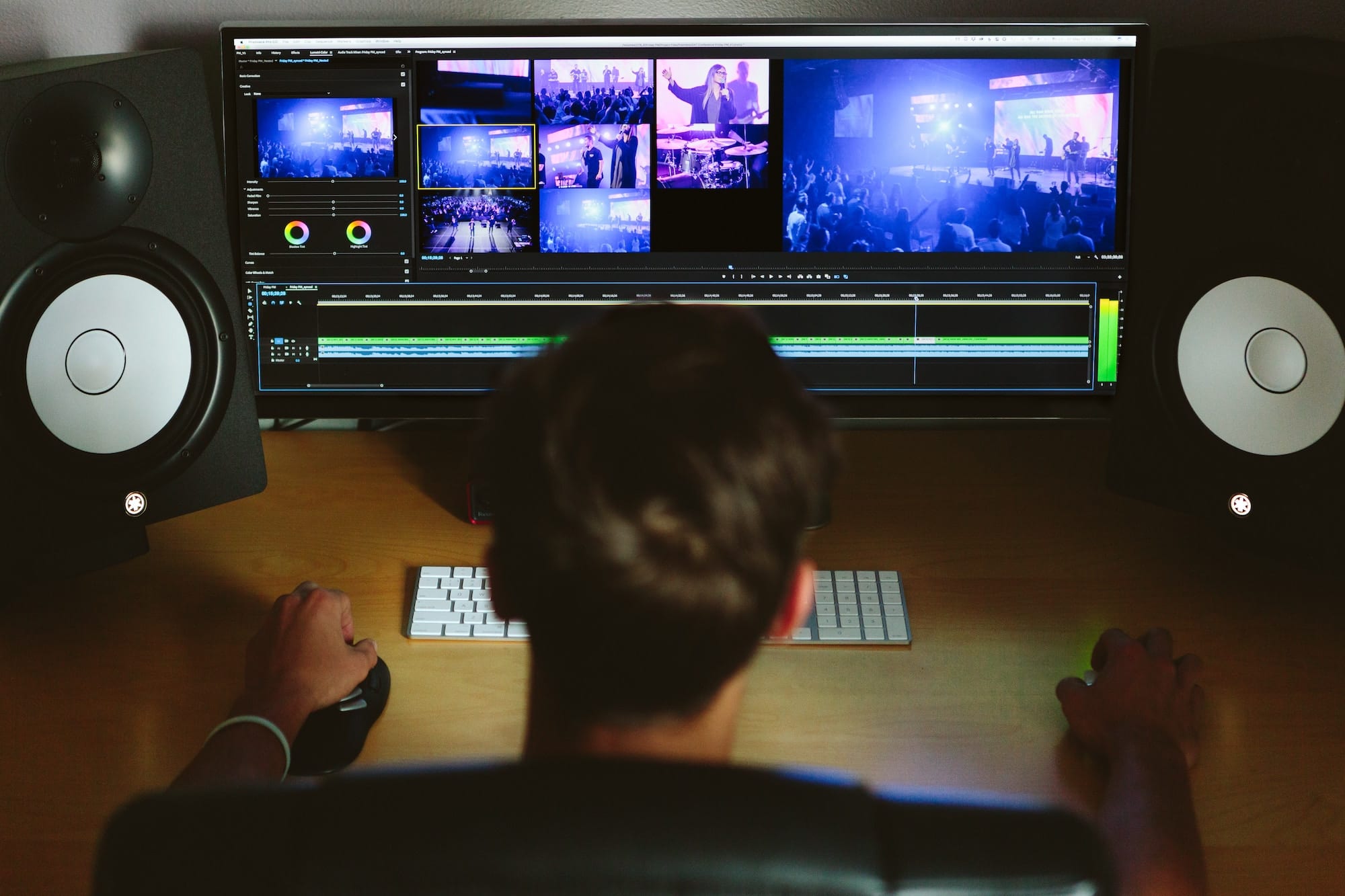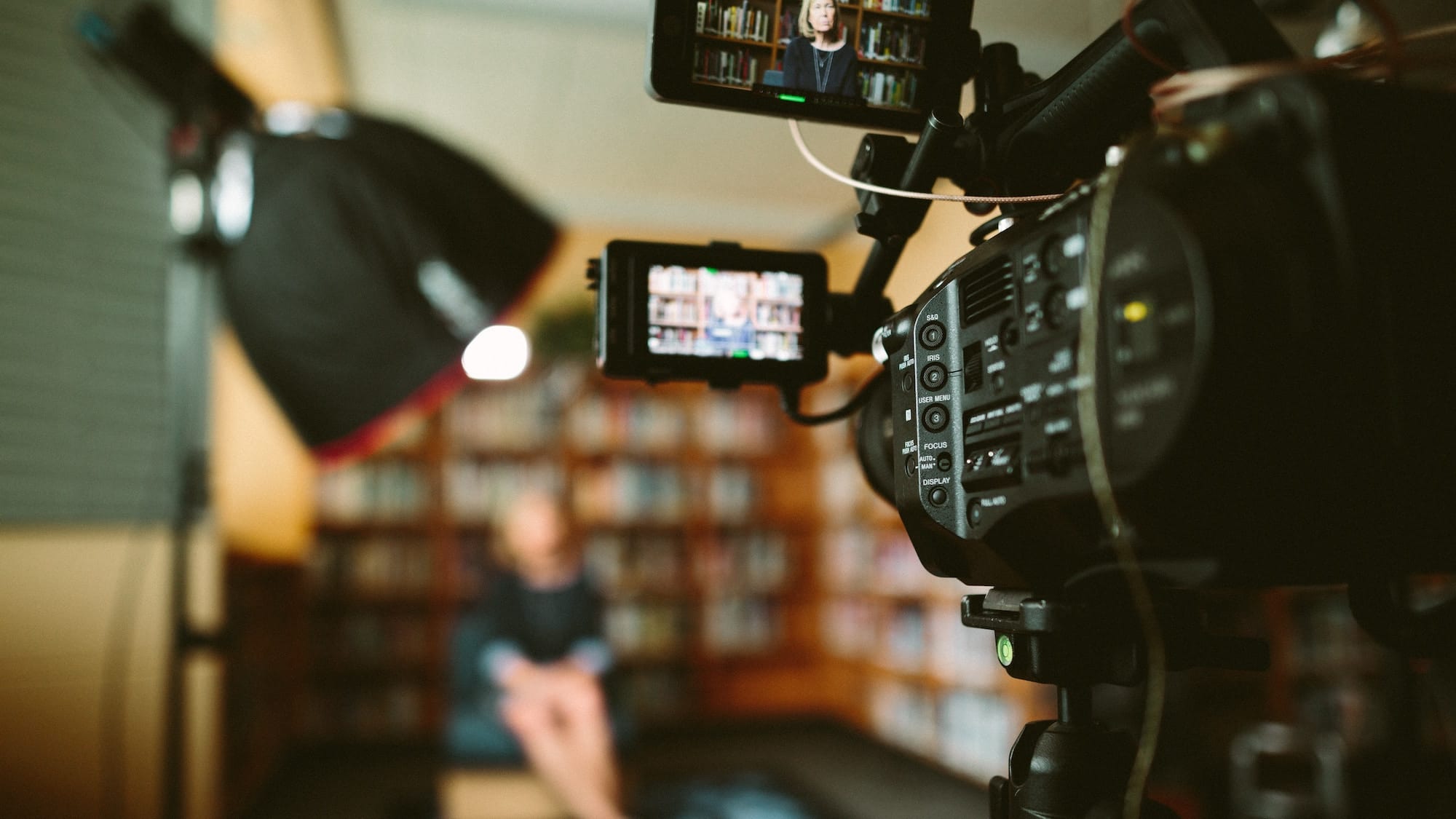< Back to all posts
How to Make Cinemagraphs and Where to Use Them
When is the last time a piece of digital media really surprised you? It seems like we are exposed to so much visual content on a daily basis. Between pop up ads, YouTube rabbit holes, and the endless stream of photos and videos on our Instagram feeds, it can be hard for something to cut through the noise and truly stand out.
But when something really does jump out as new and unique, you know it. A technique that’s rising in prominence across digital media is the use of photo-video hybrids called cinemagraphs. But what are they exactly? This article will give some overview on the history of the medium, how to make cinemagraphs, some prominent examples, and where they might be best used.
What is a cinemagraph?
As stated above, cinemagraphs are a hybrid of digital photos and videos. Immediately your mind might jump to GIFs. You know, those fun, animated graphics that dominate your group chats and Twitter timeline. And you’d be partly correct. Cinemagraphs can be in GIF format, but they’re not quite the same thing.
Unlike GIFs, which are often lower quality, full animations on a loop pulled from an existing video clip, cinemagraphs are a bit more subtle and artistic. With cinemagraphs, the majority of the photo remains still. However, one particular part of the photo will be in a looped motion. Maybe it’s a tree branch moving in the wind, or a wisp of smoke over a bonfire.
A fun way to think about cinemagraphs is to equate them to the photographs that appear in the Harry Potter books and films. They’re still photos, but the slight motion is captivating and in some ways, even magical.
Where did cinemagraphs come from?
As if to further solidify the legitimacy of the medium as a more high-brow, grown-up GIF, cinemagraphs actually originated as part of New York City‘s Fashion Week way back in 2011. Fashion photographers Jamie Beck and Kevin Burg pioneered the creation of the first “living” photos. The first cinemagraphs were meticulously stitched together groups of photos and video, and the pair even coined the phrase used today.
Back then, the pair could take up to a week to create a single cinemagraph. They were also using a complicated combination of Adobe editing softwares like Photoshop and After Effects. Though it’s been nearly a decade since the first cinemagraphs emerged, the process has been immensely simplified. Now anyone can make beautiful, moving photos. Beck and Burg helped open the doors for other artists, storytellers, and even corporate brands and advertisers to utilize cinemagraphs throughout today’s digital landscape.
How to make cinemagraphs:
Fortunately, photography and videography techniques have advanced in the last 7 years. Adobe softwares have come a long way in their accessibility. As the medium of cinemagraphs has grown, so too has the way in which they can be created. Now, there are plenty of other softwares that are specifically tailored for making cinemagraphs. It’s so much easier today that they can even be easily created on mobile devices. Specifically in 2014, the company Flixel developed an iOS and macOS app called Cinemagraph Pro.

From a technique standpoint the process is relatively simple, but it’s very precise. Since a cinemagraph is framed like a single photograph, the same measured approach should be taken. You’ll want to shoot a single shot of continuous video using a tripod or other gear to ensure the camera is steady and secure.
It’s all about the subtle motion:
Figuring out and deciding on movement is probably the hardest part about creating cinemagraphs. But it’s also one of the most exciting. Think about it. It’s a brand new, interesting angle in storytelling and creativity. Isn’t that inspiring?
Find that small, subtle part of the still that would be a bit more interesting if there was some life to it. Is there a light that should flicker? Can a subject’s hair move? What about the motion of liquid pouring? There are endless, fantastic approaches to take.
When editing that motion in, you’ll need to ensure that movement was originally shot in some way. Then it is as simple as taking that still shot, deciding where your isolated motion should be, and masking it in. From there you’ll need to choose the type of loop. Will it repeat from the start or “bounce” back to its original place? Additionally, you’ll be able to edit other normal aspects like speed, color, contrast, etc.
Where to use cinemagraphs:
Cinemagraphs can be a powerful means of storytelling in today’s digital landscape. But using them correctly can be challenging. With a medium like cinemagraphs, using them a bit more selectively allows them to remain fresh and innovative. Huge corporate brands like Chanel, A&E, Yahoo, and Coca Cola have all utilized cinemagraphs for specific campaigns. The right placement and use could lead to really amazing results.
To keep the quality high, export cinemagraphs as a video file that stays on a loop. But where would they be best served? It’s tempting to want to push social media, but you risk losing a cinemagraph too quickly on those fast-scroll platforms. Consider using it in an email newsletter as an eye-catching new feature. Or as a means to make a big announcement on a landing page. Or, in the more artistic direction, think about its use in public spaces. Digital billboards, public screens, or even projectors all have the potential to become transformative viewing experiences. 
The bottom line:
Cinemagraphs aren’t exactly new. But in recent years the medium has drawn the attention of advertisers and artists, brands small and large, and are challenging contemporary perceptions of what shooting photos and videos looks like.
Cinemagraphs combine the classic approach of still photography with the dynamism of video. They’re a potentially great way to leverage consistency with new innovations in storytelling and creativity. And, if you’re already shooting photos and videos anyways, the barrier for entry is low. It’s a low risk, high reward creative experiment.
New trends and technological advancements will continue to propel video and digital media in general to new and different heights. While it’s important to stay ahead, it may be even better to keep viewers on their toes. And in a time dominated by endless copies of the same types of videos (and even more photos!), a fresh approach could really make all the difference.
If you’re looking to hire a crew for your next big project, Crews Control is here. No matter where you’re filming, we have you covered. Reach out and get a free quote today!







Leave a Reply